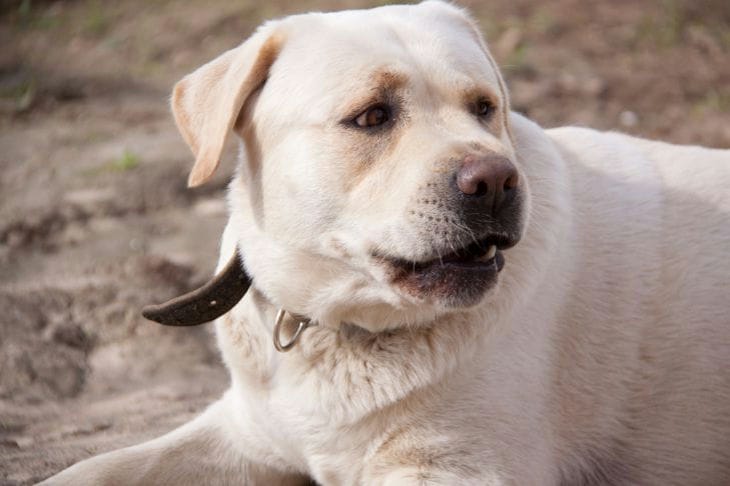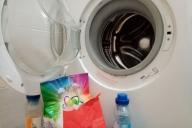If your dog constantly pulls on the leash, it is not only annoying for the owner, but can also be unsafe for the dog.
You need to accustom your pet to a leash and teach him to walk next to you as early as possible.
There are many reasons why a dog pulls on a leash. First of all, walking on a leash is not a natural process for a dog.

Dogs prefer unlimited movement. They want to seek out new stimuli, sniff out other people's scents, and, above all, have fun!
Reasons:
- boredom
- excitation
- burst of energy
- the leash is not perceived as such
- different walking pace
If after this the dog starts constantly pulling on the leash, walks become uninteresting. It is easier to cope with this bad habit with small breeds of dogs.
Boredom
Dogs get bored walking on a leash. There are no new stimuli or smells, and you can't meet new dog friends. In order to learn new things on their own, many dogs start pulling on the leash.
Excitement
New paths or acquaintances quickly cause anxiety in dogs. Some four-legged friends are more nervous, while others temporarily experience some anxiety and try to compensate for it with physical exercise.
Especially on new routes, the dog perceives many unfamiliar smells. Therefore, it is not surprising that from time to time, passing by a particularly good-smelling patch of grass, the dog makes a jerky movement and wants to sniff it again.
When meeting other dogs, the excitement is especially great. Dogs are very social creatures and pack animals.
Curiosity can sometimes overshadow training and take over. That's why it's important to practice interacting with dogs from the very beginning.
Energy reserve
Dogs want to run. If they can't do that because they're constantly on a leash, their energy builds up.
By pulling on the leash, the dog tries to increase its speed to show that it just wants to run.
Especially dogs with hunting ambitions tend to forget about the person. As soon as the dog's nose goes down and the first interesting smell is detected, the dog forgets about the owner. Dogs need variety in their daily walk.
The dog does not recognize the leash
Every dog must first learn to walk on a leash. Some find it easier than others.
If your dog pulls on the leash, you may not have trained him to do so.
However, it may also be that the dog does not accept the leash itself and does not take it seriously.
Often this manifests itself in the dog chewing on the leash and perceiving it more as a toy. In this case, the trainer can tell you what the problem is.
Walking pace too different
Large breeds of dogs have a stride length longer than humans, making it difficult for them to walk alongside us.
Adviсe
Stopping and moving against the pull of a leash
Teaching a dog not to pull on a leash using the stop-and-go method is safe, but at the same time labor-intensive and tiring. To do this, you need to act as follows.
Always stop without saying a word when your dog pulls on the leash. If your dog turns and comes to you, reward him. If he continues to pull, do not follow him, but stop and stop him with the leash. You must insist on this strategy. Eventually, your dog will understand that you can continue the walk only if he does not pull on the leash.
Palm as a stop sign
Use your palm to slow down your dog when he pulls on the leash. The palm in front of his nose sets the pace. This is how you signal to your dog: this is it and no more!
Distraction maneuver
Get your dog's attention by making yourself more interesting than the environment. Doing small tasks, alternating between holding a ball and a rope, will make being close to you more interesting.
Collar and flexible leash are taboo
No collar will restrain a dog that pulls too hard on the leash. On the contrary, it damages the larynx and neck vertebrae. Prong collars and choke collars should be a thing of the past, because they do not teach the dog anything, but only cause pain and injury.
A flexible leash is also counterproductive because it minimizes the impact on the dog and teaches the dog to achieve more by pulling on the leash. Until leash training is done, it is better to use a harness that fits optimally and distributes pressure on the chest.
A small treat
Use treats to encourage your dog to walk loosely on a leash. Keep a bag of scented treats on the side where you walk your dog. Your dog can sniff them before leash training. Then let the leash go slack and bait the bag. If your dog walks loosely on a leash, he has earned a reward.
Change the speed and direction of movement
When your dog pulls on the leash, turn around immediately. If the leash is too tight, walk in the opposite direction, alternating between a quick walk and a slow walk.
Every time the dog starts to pull, change either the direction or the pace. This confuses the dog and requires concentration.
Such a walk can even be fun if you develop enough imagination. Fill each change with words: "slowly", "pace", "back", "forward", "left around", "right around", "turn", "now in a circle". And all this in an encouraging voice, in no way strict, as a command, but as a game that you have just invented.
Especially small dogs that can be kept up with will soon find this dance walk exciting and will try to understand what happens next.
Stay consistent and reward your pet.
If your dog pulls on the leash again despite your training, don't let yourself get distracted.
If you are consistent in your strategy, the dog will learn that there is no other way for him except to walk freely on a leash. If the dog obeys, give him a treat.
For some dogs, the greatest reward is verbal praise from the owner or a favorite toy. If the dog walks easily on a leash, you can play with it as a reward.
Finish each walk, even if it wasn't a success, with a sense of satisfaction. Your dog should associate the walk with positive memories and not lose the joy of it.
The training time should be adjusted to the age of the dog so that it does not become overtired. Afterwards, the dog should be given the opportunity to let off steam or play with other dogs.
Earlier we wrote about why a cat sniffs a person’s breath.








